“Every city has its patterns, its colour palette — all these surfaces are like a skin,” says photographer Yannis Drakoulidis, of what captures his attention each time he shoots a new place. “The combination of materials, plants, graphic design, construction of the city, cars; they make a puzzle somehow, they build the picture.”
Based in Greece, Yannis’ ongoing work is a snapshot of daily life in Athens, a practice he began nearly 15 years ago. His photos are often fragments of larger scenes, moments from a life. By photographing cluttered street corners, balconies, and busy citizens, Yannis’s images give a voice to elements of Greece that are otherwise overshadowed by the country’s often romanticised landmarks. His work is impressionistic, evoking the relationship between locals and their beautiful but quotidian environment.
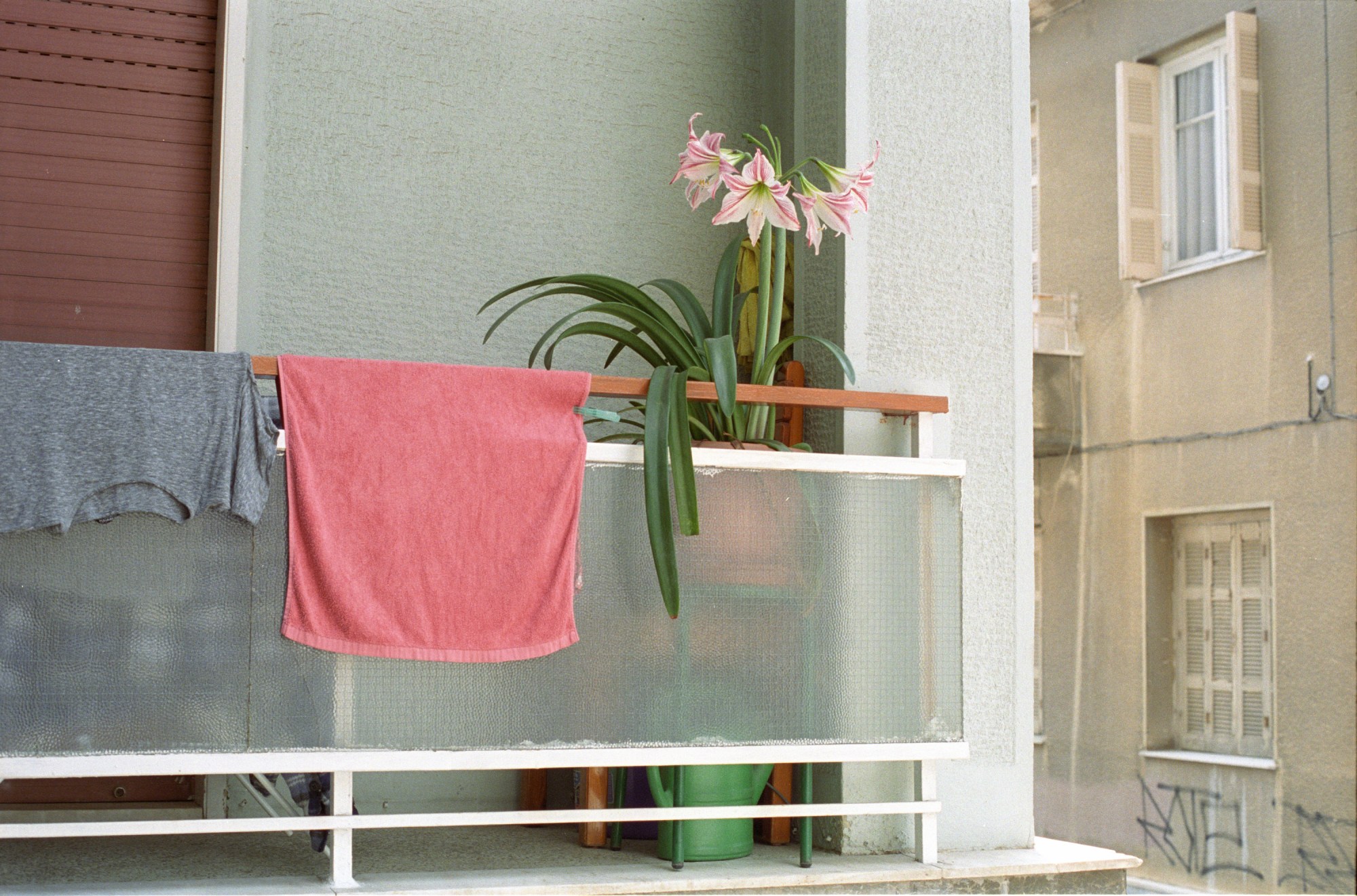
While the majority of his work bares the skin of Greece through fractured photos of the country’s urban settings, island landscapes and architectural interiors, Yannis has also found himself capturing the scenery of other countries, like that of Australia, Albania, and Japan. Outside of this work though, he’s recently found himself working as a stills photographer, photographing the multiple worlds of Luca Guadagnino — from the HBO series We Are Who We Are to the recent cannibal love story Bones and All. “It’s like acting but for a stills camera”, the photographer says of the work, which he describes as ‘replaying a moment’. “It doesn’t change their performance… maybe you do some kind of correction because your perspective isn’t right, but it’s not like you direct something, it’s somehow already there and you have to be fast to catch it.”
Yannis worked closely with the director — something that’s not typical in stills photography settings. “[Luca] was very involved in my work”, he says. “Usually a director doesn’t get involved, but Luca was very encouraging.”
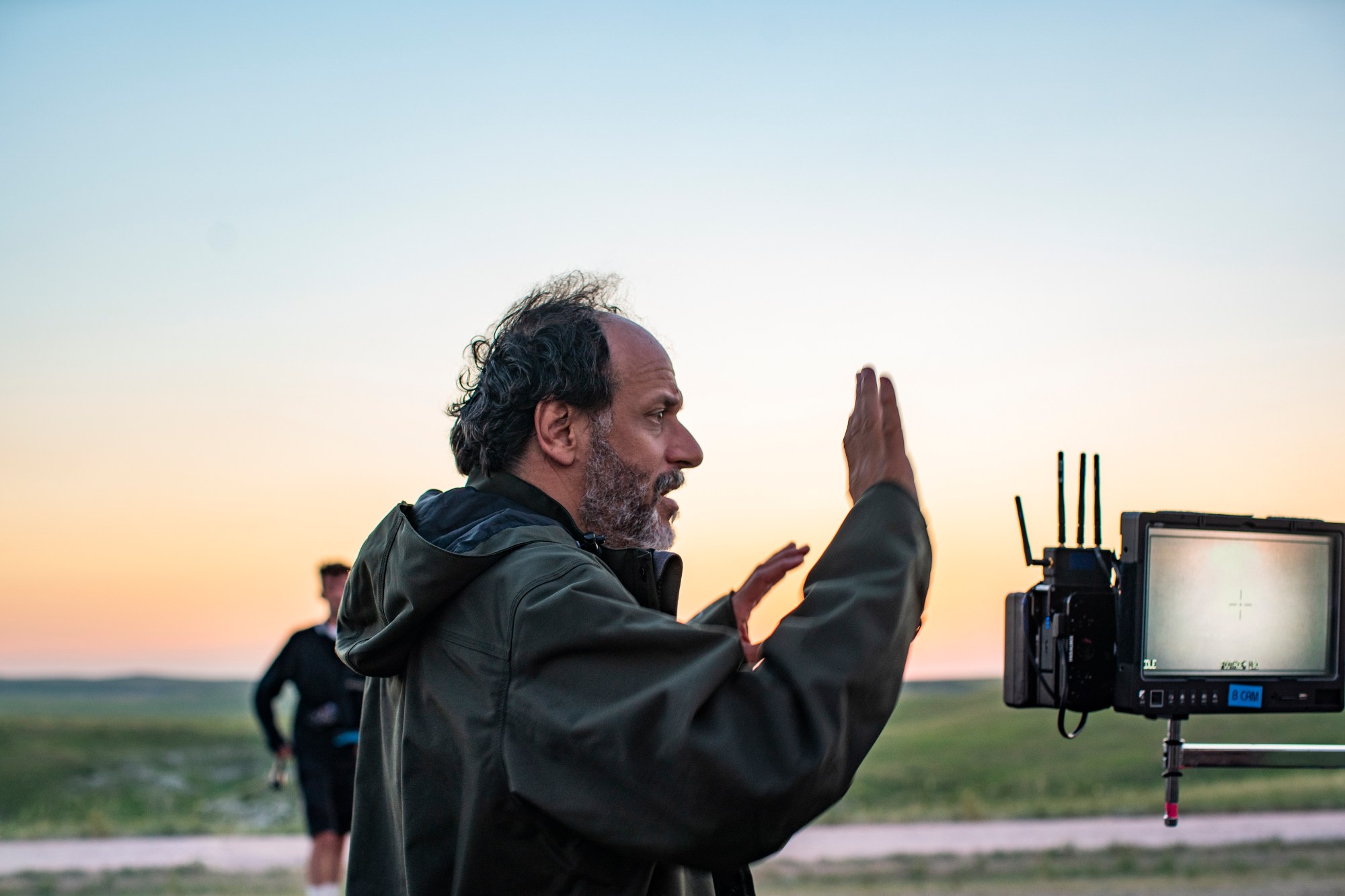
Although his stills career is relatively recent, Yannis took up photography over two decades ago when he enrolled at a local photography school in the north of Greece. After graduating, he continued his studies in England, though it wasn’t until he returned to Greece in 2006 that his work took on the understated, observational style found in his two published projects motherland (2013), and Le ciel ça sert à… (2021). The latter, a 64-page publication printed on newsprint stock and created collaboration with designer Stephan Muller, may be what is most representative of Yannis’s observational approach to photography. Taking a snapshot of Athens over the course of 15 years, the images create a dialogue with a changing city.
Subscribe to i-D NEWSFLASH. A weekly newsletter delivered to your inbox on Fridays.
“I lived in Athens through very important moments and periods,” Yannis says. Indeed, he witnessed in that time the Greek 2009 economic crisis, the government debt crisis in 2012, the influx of refugees taking asylum in Greece since 2016, the beginning of Covid-19 in 2020, and now, the mass gentrification occurring in Athens. “I found myself depressed through the dark times, but also found beauty in the city,” he says. “And I would say I wouldn’t close my eyes to it just because there was something terrible happening next door. I think there’s this bittersweet feeling in the photos, as if both things are always present.”
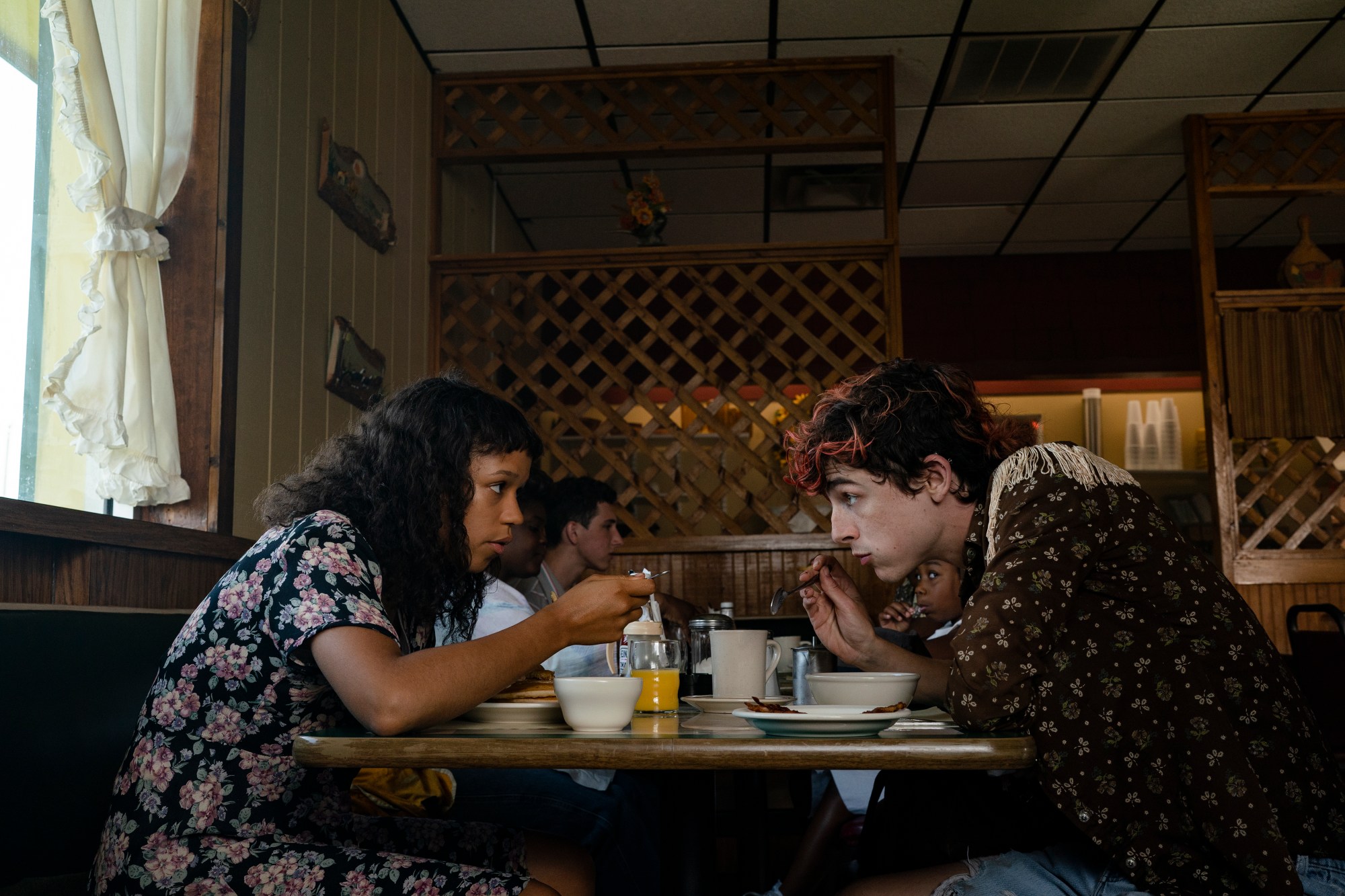
It was while working as a freelance photographer in Greece that Yannis first became interested in diversifying his craft, and dabbling in work on films created in Greece. It wasn’t until 2018 though, when his friend began making a short film, that Yannis had the opportunity to set foot on a set and build himself a small portfolio. Soon after, this same friend became involved in the production of Ferdinando Cito Filomarino’s Beckett, starring John David Washington. Yannis was brought onto the project for a trial shooting, and before he knew it, he was sharing his shots with the film’s producer, Luca Guadagnino. “I was lucky enough that [Luca] Guadagnino was one of the producers on the film. Suddenly, I was sitting down with him, showing him my pictures, and I was hired onto the project,” Yannis explains. A month later, he was working with the filmmaker again on HBO’s We Are Who We Are.
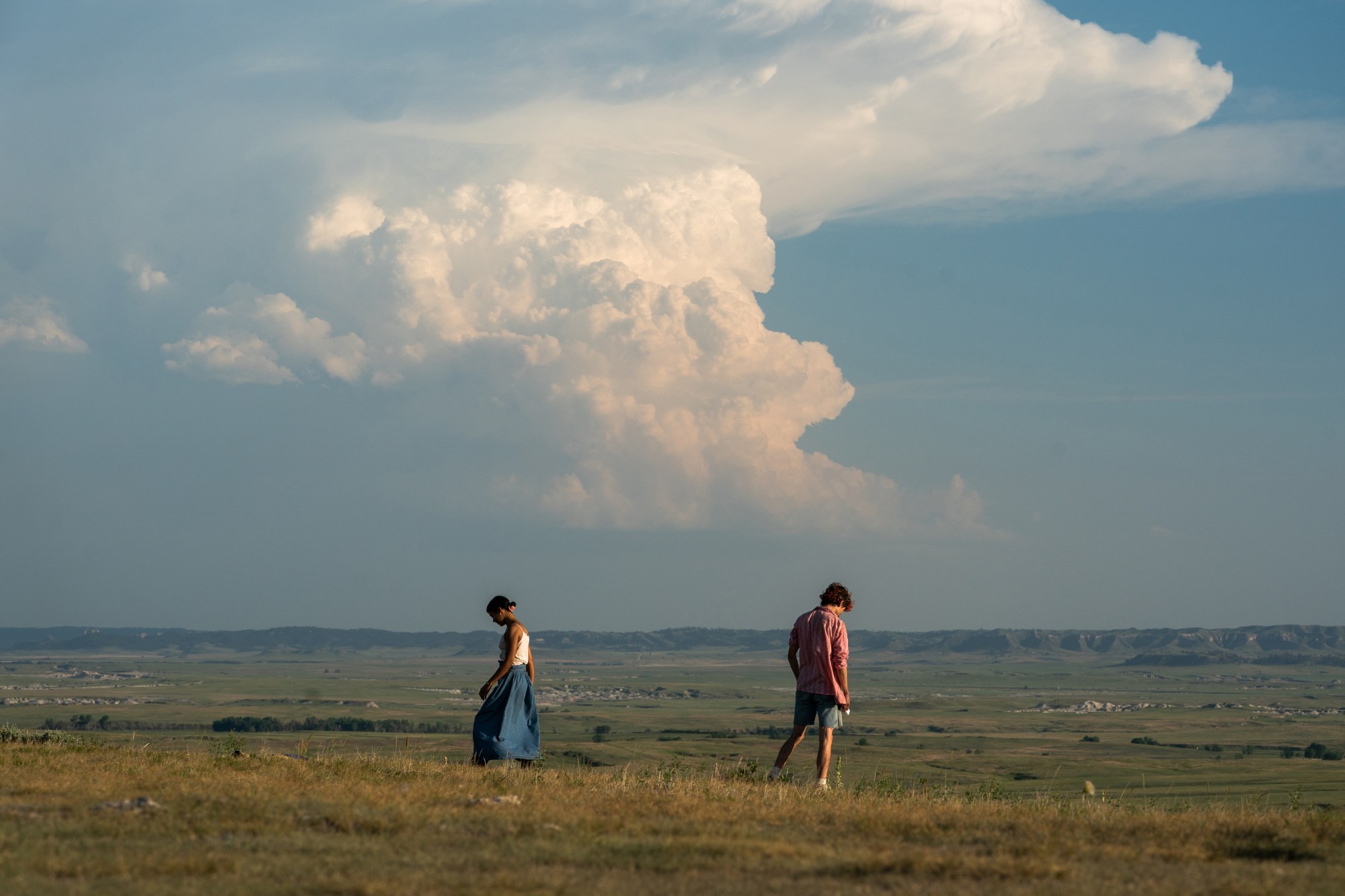
But the move to stills photography required adaptation from the photographer’s usual practice. He explains working on a set requires him to be silent, alert and discreet at all times. In his personal work, people are not the focus of his shots, but rather in the background, if at all. His stills work, meanwhile, is dependent on him capturing candid shots of the people working behind the scenes and on camera. There’s a necessity then, to be more involved, Yannis explains, to pick and choose the most cinematic moments of long scenes that often need to be reshot multiple times. But he’s reticent to place himself too much at the centre of this process, even now. “It really only takes seconds to do it,” he says. “They are great actors so they know what to do, I don’t have to do too much actually — I just have to be in the right spot at the right time.”
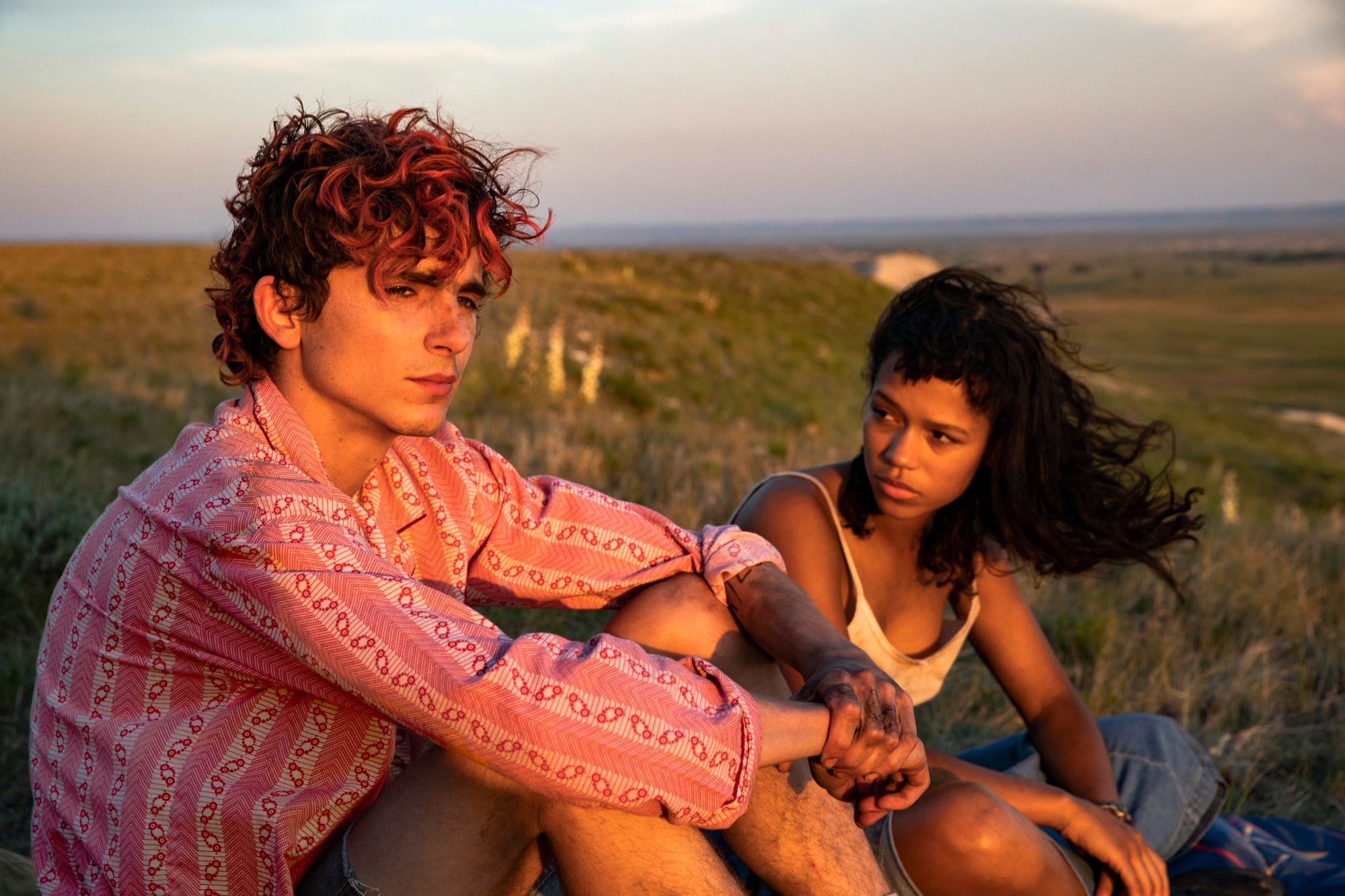
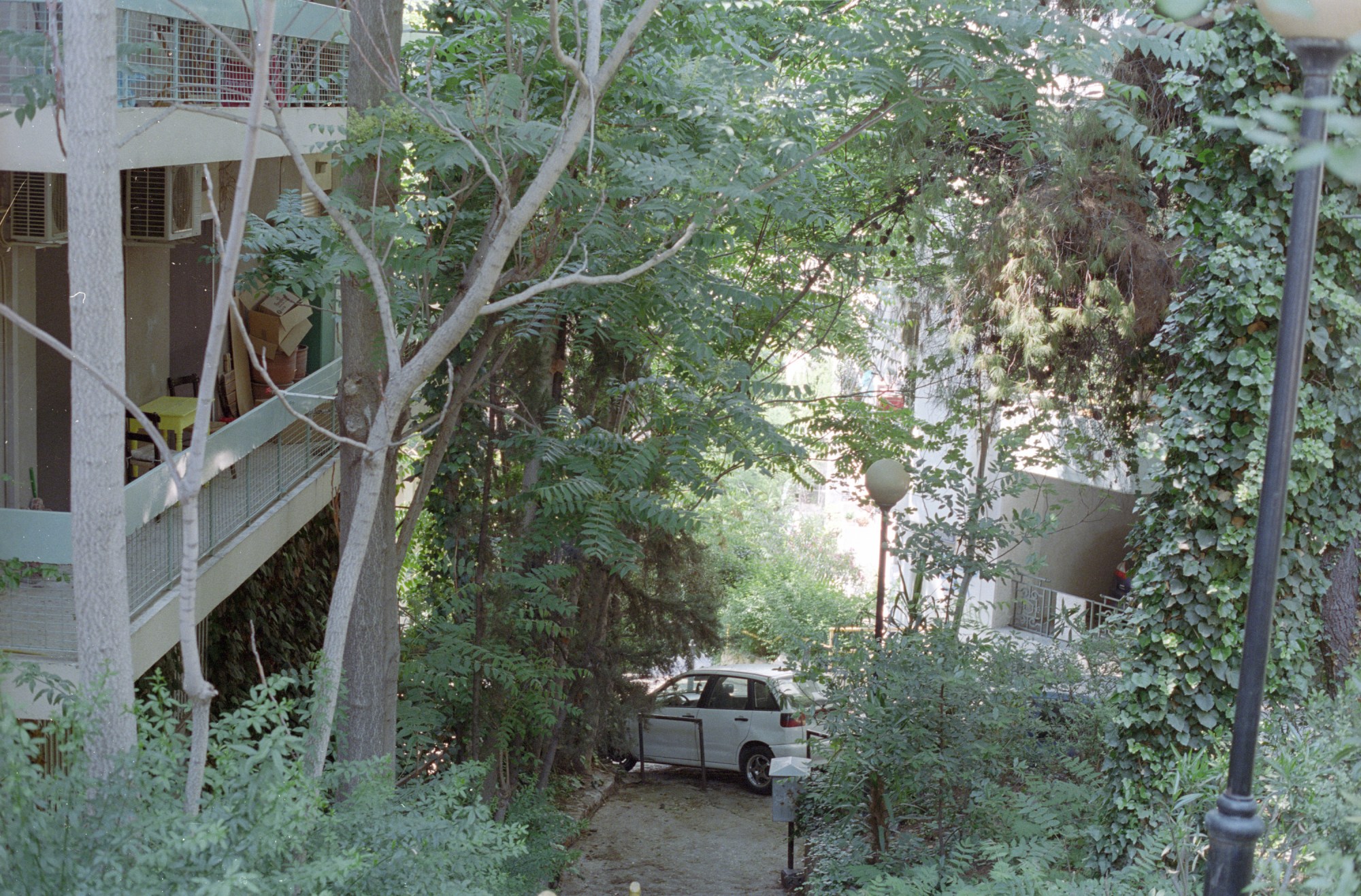

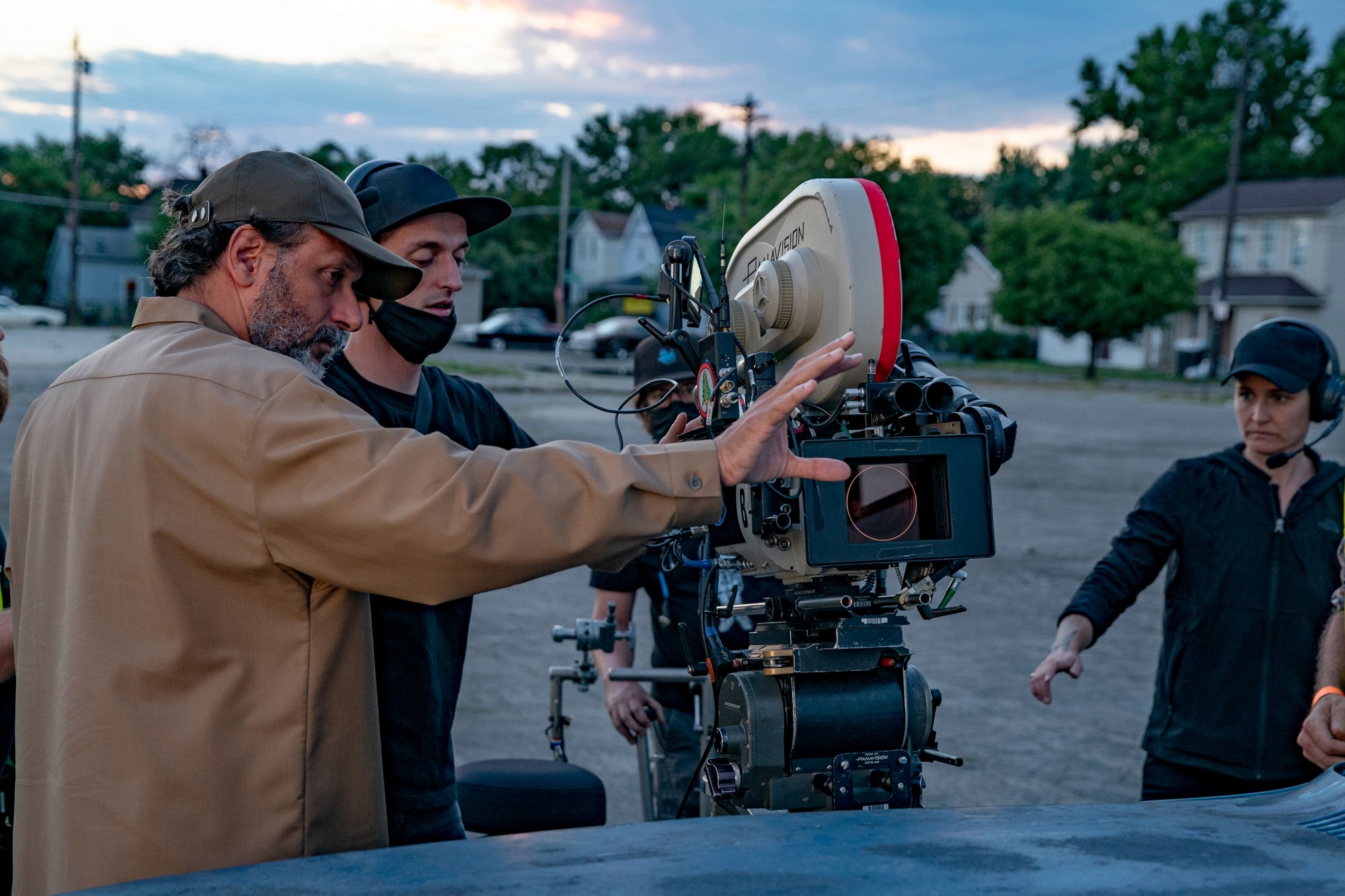
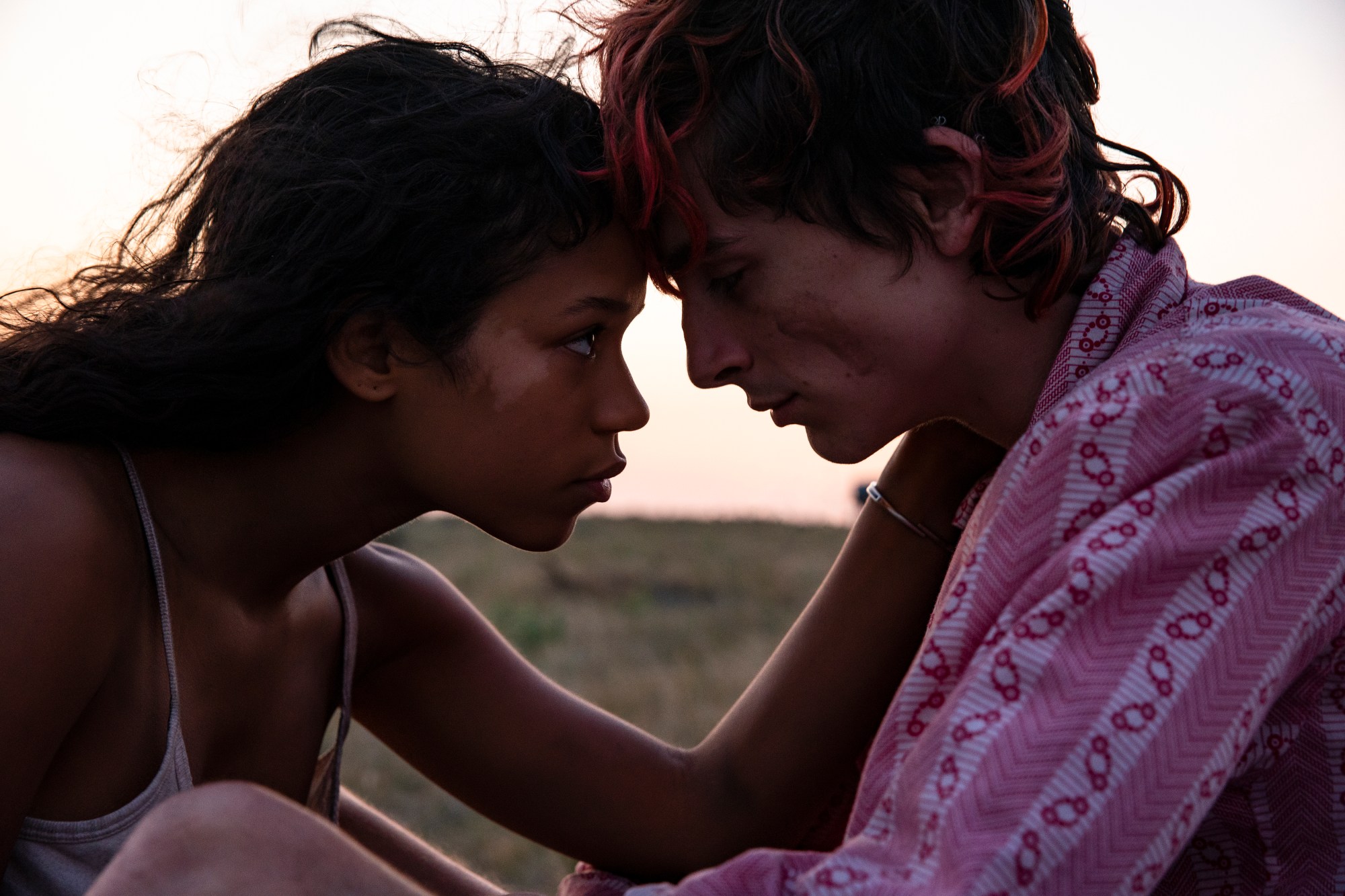
Credits
All images courtesy of Yannis Drakoulidis / Metro Goldwyn Mayer Pictures.
